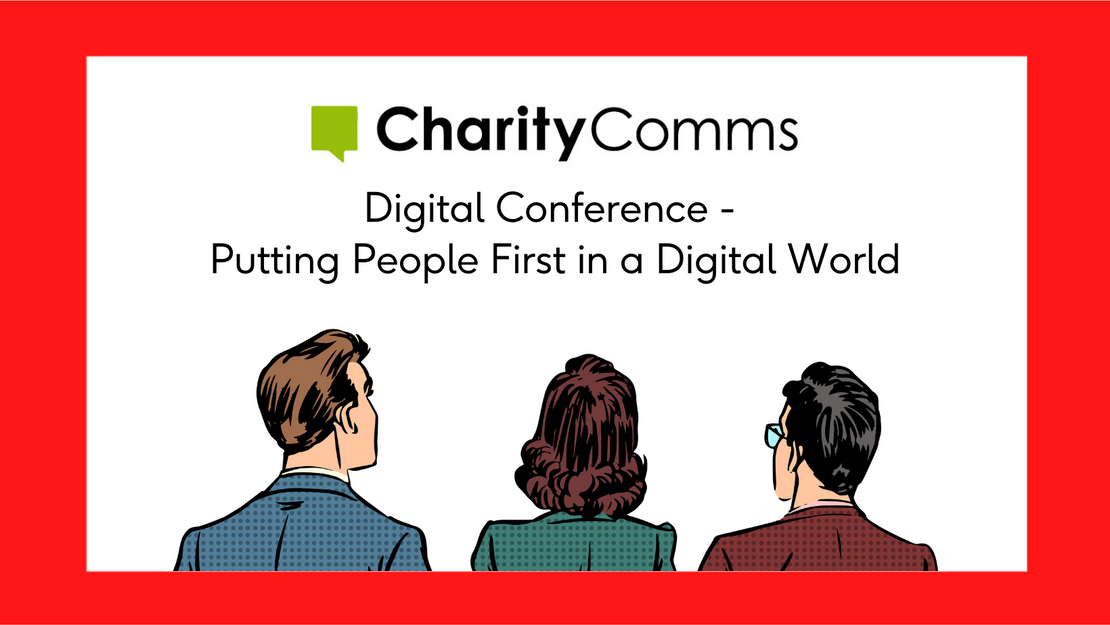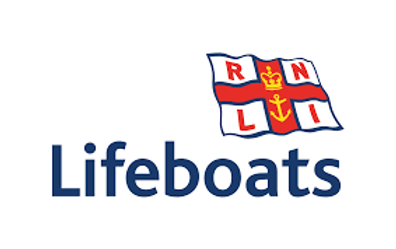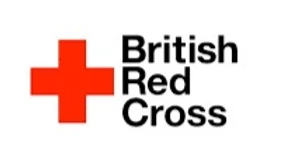
CharityComms Digital Conference 2021: Top Takeaways for Charity Marketers
 December 8, 2021
December 8, 2021 This year’s CharityComms digital conference – Putting People First in a Digital World – was packed with helpful advice and insider tips from a range of charity communication and marketing experts and leaders. Here’s a reminder of the impressive lineup:
https://www.charitycomms.org.uk/events/2021-charitycomms-digital-conference
Of course there was a wealth of valuable information and insights, but we’ve pulled together some of our highlights for those who may have missed it. Note, all sessions are available on demand here.
Online Reputation & Engagement: The Dos and Don’ts
StrawberrySocial’s CEO, Rebecca Fitzgerald, touched on the fear that some charities have around engaging on social media and shared actionable, best practice tips on how to protect your charity’s reputation online.
“Everyone has an opinion and it’s often magnified and undiluted on social media, so – it helps to have a plan. Have a clear idea as to exactly what your organisation stands for and then list the reactions that may result. Have a line and an approach for each, and have it signed off in advance. Ensure that stance is clear when it comes to the content you post and your moderation.”
Watch the recording.
For more social media tips and advice from StrawberrySocial, check out 5 Tips for Communication in Times of Crisis
Fireside Chat: Weathering the Storm – Dealing With Negative Media Coverage

Rich Ward, Senior Social Media Manager at RNLI gave an insight in how to deal with negativity inthe press, following controversy surrounding the RNLI’s rescue of migrants earlier this year.
His top tip: have a general community management crisis approach in place so that you’re ready for whatever arises, and you know what your approach to putting out content is going to be.
Rich also shared his advice on how to deal with trolls, including ensuring you have a published community policy. Have clear and robust social media lines ready so you can answer questions and genuine critique. Engaging and explaining to people can sometimes turn things around and promote understanding. He highlighted the importance of making the distinction between abusive comments and people who have genuine concerns.
How do you take care of your wellbeing during a comms crisis?
Crisis response is a real team effort, so teams need to make sure they’re supporting each other at all times. Rich suggested applying keyword filters to stop the most harmful comments even reaching the inbox. And share wins! Celebrate milestones or targets reached. Encourage regular breaks from community management and a rota so it doesn’t fall to one person. It’s a good idea to have various teams who are trained on community management so that if you are stretched you can call on other areas of the business to help.
How To Use Games and Streaming to Engage Your Audience
Georgia Patton from The British Red Cross gave a fascinating insight into how she used gaming in order to engage audiences, and make them feel part of fundraising, not just on one end of a single transaction.

Gaming and streaming have been used in the US for years to drive charity donations, but we don’t do it so much in the UK. It can be an ideal way to reach the elusive Gen Z, who (as marketers will tell you) are not loyal to brands themselves.
Gaming can take many forms, and should be unique to each organisation, fitting in with the cause, personality and resources of the charity. It’s a very unique situation to have both the fundraiser and donor live in the same space, and it’s crucial to use that interactivity to your advantage.
An example of this would be streaming of content, with donors affecting what’s happening on screen. It’s a situation where influencers and celebrities can make an incredible impact, for instance ‘when we get to £5000, I’ll dye my hair pink, get to £10,000 and I’ll shave it off’. It makes viewers feel involved and part of the process, and that personal feeling is valuable.
Georgia’s key tip for including gaming in your strategy was that charities don’t all need to follow the same approach (mass participation, corporate, social-based etc). Keep it authentic and genuine. Everyone talks in this space, and brands can do damage if they’re not real.
Innovation: Tapping into The Cultural Zeitgeist
The Samaritans Innovation team gave a fascinating insight into their new initiative this year, which was The Feel Good Book Club – a monthly book subscription box full of beautiful books to enhance wellbeing.

The box was a brilliant way of engaging new and existing supporters of the charity, with an overarching theme of wellbeing and feeling good – a relevant overlap with Samaritans’ day to day work.
The team ran an active Facebook group to accompany the subscription, which gave them a new method of engaging with subscribers in a way that’s relevant to them, and their interests.

The chance to survey members each month means they keep up the conversation and can act on feedback – making people feel involved, and improving the product and service.
It’s a great case study of how charities can give people a tangible experience and use that to then convert subscribers to Samaritans supporters in a wider sense and on a more long-term basis.
Whilst here we’re scratching the surface of the value imparted across the two days, the above have been some of the key takeaways that we’ll be watching and implementing with our clients over the following months.
Thank you, as ever, to the super team at CharityComms for an excellent event.
See the wrap up from CharityComms – Putting People First in a Digital World.


 Share This Post
Share This Post